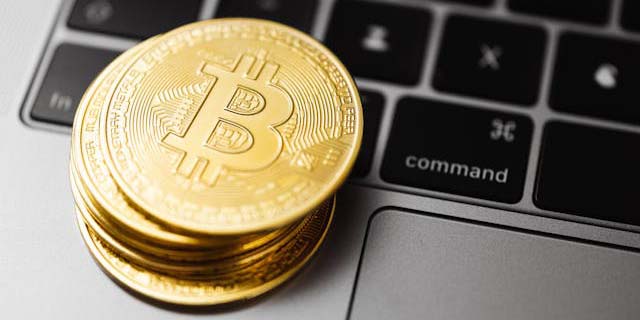
Bitcoin halving is a significant event in the cryptocurrency's history, occurring approximately every four years or after every 210,000 blocks mined. The first halving took place on November 28, 2012, reducing the block reward from 50 BTC to 25 BTC. The second halving occurred on July 9, 2016, further decreasing the reward to 12.5 BTC. The most recent halving happened on May 11, 2020, cutting the reward to 6.25 BTC. These halvings are crucial as they control Bitcoin's supply and inflation rate, influencing its price and market dynamics. The next anticipated halving is expected in 2024, which will reduce the reward to 3.125 BTC. **Brief Answer:** Bitcoin halving events occur roughly every four years, with the first in 2012, the second in 2016, and the third in 2020, each reducing the mining reward by half. The next halving is projected for 2024.
Bitcoin halving is a significant event that occurs approximately every four years, reducing the reward miners receive for adding new blocks to the blockchain by half. One of the primary advantages of Bitcoin halving is its deflationary nature, which can lead to increased scarcity and potentially drive up the price as demand outpaces supply. This mechanism has historically resulted in substantial price rallies following halving events. However, there are also disadvantages; the reduction in mining rewards can lead to decreased miner profitability, which may result in less network security if miners exit the market. Additionally, the anticipation surrounding halving can create speculative bubbles, leading to increased volatility and risk for investors. In summary, while Bitcoin halving can enhance scarcity and potentially boost prices, it also poses risks related to miner sustainability and market stability. **Brief Answer:** Bitcoin halving offers advantages like increased scarcity and potential price appreciation but also presents disadvantages such as reduced miner profitability and heightened market volatility.


The Bitcoin halving event, which occurs approximately every four years, presents several challenges for miners, investors, and the broader cryptocurrency ecosystem. One of the primary challenges is the reduction in block rewards for miners, which can lead to decreased profitability, especially for those with higher operational costs. This may result in some miners exiting the market, potentially reducing the overall network security and increasing transaction times. Additionally, the anticipation surrounding halving events often leads to increased volatility in Bitcoin's price, as traders speculate on future supply constraints. Furthermore, the psychological impact on investor sentiment can create uncertainty, leading to panic selling or irrational buying, complicating market dynamics. Overall, while halving is a fundamental aspect of Bitcoin's monetary policy, it introduces significant challenges that stakeholders must navigate. **Brief Answer:** The Bitcoin halving date poses challenges such as reduced miner profitability due to lower block rewards, potential network security risks from miner exits, increased price volatility, and uncertainty in investor sentiment, all of which complicate the cryptocurrency market dynamics.


Finding talent or assistance regarding the Bitcoin halving date is crucial for investors, traders, and enthusiasts looking to navigate the cryptocurrency market effectively. The Bitcoin halving occurs approximately every four years, reducing the reward for mining new blocks by half, which historically has had significant implications for Bitcoin's price and supply dynamics. To stay informed, individuals can seek out experts in blockchain technology, follow reputable cryptocurrency news platforms, and engage with online communities dedicated to Bitcoin discussions. Additionally, attending webinars or conferences focused on cryptocurrency can provide valuable insights and networking opportunities. **Brief Answer:** The Bitcoin halving date is essential for understanding market trends; seek expertise through online communities, news platforms, and industry events for guidance.
Easiio stands at the forefront of technological innovation, offering a comprehensive suite of software development services tailored to meet the demands of today's digital landscape. Our expertise spans across advanced domains such as Machine Learning, Neural Networks, Blockchain, Cryptocurrency, Large Language Model (LLM) applications, and sophisticated algorithms. By leveraging these cutting-edge technologies, Easiio crafts bespoke solutions that drive business success and efficiency. To explore our offerings or to initiate a service request, we invite you to visit our software development page.




TEL:866-460-7666
EMAIL:contact@easiio.com
ADD.:11501 Dublin Blvd. Suite 200, Dublin, CA, 94568